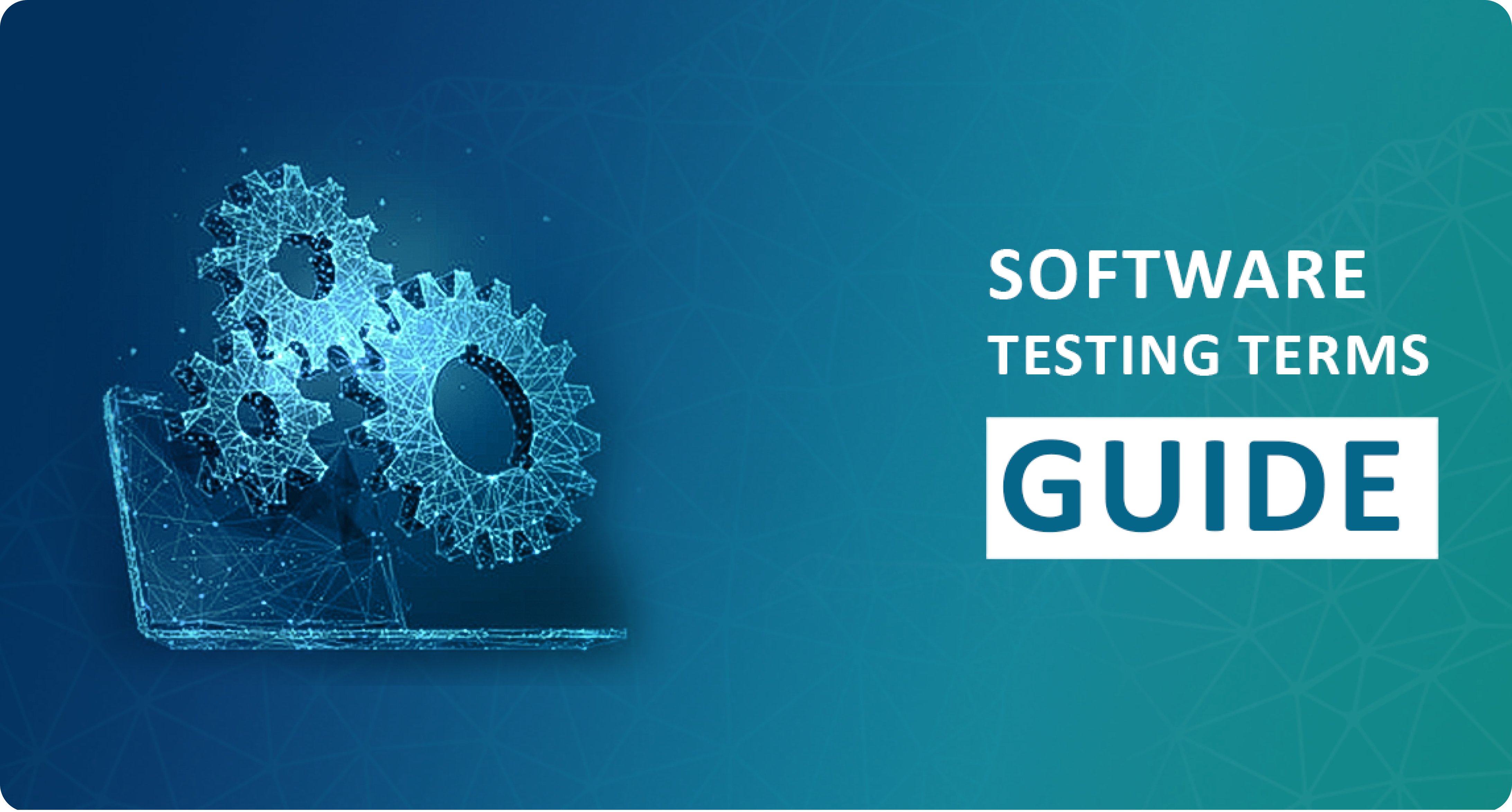Software development has accelerated at present. Companies now deploy upgraded and improved versions of their systems weekly, daily, and even hourly. For example, Amazon deploys new software in the production environment every 11.7 seconds through its Apollo deployment system.
Releasing software to the market faster is a prerequisite for the success of software development companies. This feature sparked a competitive race in the field. IT companies deploy software 30 times more frequently with 200 times shorter lead times.
With such fast deployment, the pressure on software quality is clear to us. The increasing pressure to release software faster, theoretically, means higher chances of defects in the production environment. However, this is not the case. High-performing IT companies release their software with 60 times fewer failures.
Probably most software development companies now attempted to speed up the process of releasing software using DevOps and Agile methodologies. That’s why development managers need to understand what software quality exactly means if they want to release high-quality software regularly. Accelerating only the process of development is not enough; software quality assurance should also be present in the list of objectives.
You’re going to acquire a deeper understanding of software quality, the standards that contribute to improving it, and how we can measure it with more accuracy.
What is Software Quality?
Software quality measures whether the software satisfies the specified requirements. Software requirements are either functional or non-functional requirements. The functional requirements determine what the software should do. The functional requirements could be a set of calculations, technical details, data processing, or any specific function that determines what the software should accomplish or do.
The non-functional requirements determine how a system should work. They also determine the quality attributes that could include, for example, disaster recovery feature, portability, privacy, security, supportability, and usability. There are several factors and standards that contribute to software quality. We’re going to have a look at the most important aspects of software quality and some practical methods of measuring it so that you can build a high-quality software code.
Most factors contributing to quality fall under the non-functional requirements. Any application should do what it was built to do, and that is the least expected of it.
Software Quality Standards
The Consortium for Information & Software Quality (CISQ) provides a good foundation model for understanding software quality. Through it, you can combine the quality aspects included with other related factors to gain a comprehensive view of software quality.
The CISQ model defines four indicators of software quality:
- Reliability
- Performance
- Efficiency
- Security
- Maintainability
Reliability
The term reliability refers to the risk stemming from the software failure, and it determines its stability when unexpected conditions occur. Reliable software has minimal downtime, a high level of data integrity, and no errors that directly affect the user.
Performance efficiency
Performance efficiency factor refers to the number of resources available for an application to use, how that affects the scalability of the application, how satisfied the user is, and the response time. Software architecture, the design and build of the software code, and the individual architectural components all contribute to performance efficiency.
Security
Security assesses the level of protection of information that the application provides against the risk of software breaches. The quantity and severity of vulnerabilities in software indicate its level of security. Poor software code and weaknesses that may be present in its architecture often lead to security vulnerabilities in the software.
Maintainability
Maintainability is the ease with which we can modify software, adapt it to a purpose we need, or transfer it from one development team to another. Compliance with software architectural rules and the use of consistent and stable method of coding produce highly maintainable software.
Additional Aspects and Factors
The CISQ model provides a new platform for understanding software quality, but you can also consider other factors besides CISQ to obtain a more holistic view.
Rate of Delivery
By that, we mean how often software is delivered to customers. New versions of software include improvements and developments that directly affect users. We can assume that high rates of delivery indicate better quality for customers.
Testability
App quality requires a high level of testability. Finding errors is easier in software with high testability, reducing errors in systems when delivered to customers. Systems with lower testability lead to more and more difficult QA process, prolonging the time needed to release and deploy the software.
Usability
The user interface in the software is the only visible part for users; that’s why this interface needs to be suitable. Simplicity and execution speed are the main two factors that lead to a better user interface. Going back to the functional and non-functional requirements, usability is a non-functional requirement. Suppose we have an airline booking system through which we can book a flight (a functional requirement). If the system is slow and boring to use (a non-functional requirement), then its quality is low.
It’s important to ensure the quality and safety of products during the execution of the project to avoid any faults or bugs that may occur in the system performance, leading to unexpected impacts and high risks. We’re one of the agencies that are keen to perform quality testing periodically, in addition to knowledge transfer, training and improving the skills of individuals working in the field of software testing as per the global and international standards.
TestCrew provides all elements of technical and functional software quality testing that are related to user experience and that ensure the safety and security of products from vulnerabilities to provide protection against breach risks, according to ISTQB standards and Test Maturity Model Integration (TMMi) certification. We provide advisory services on software quality. You can find out more about what we can do by visiting the various communication channels, our page, or on LinkedIn. We’re pleased to have you contact us either through the e-mail or the unified number.




